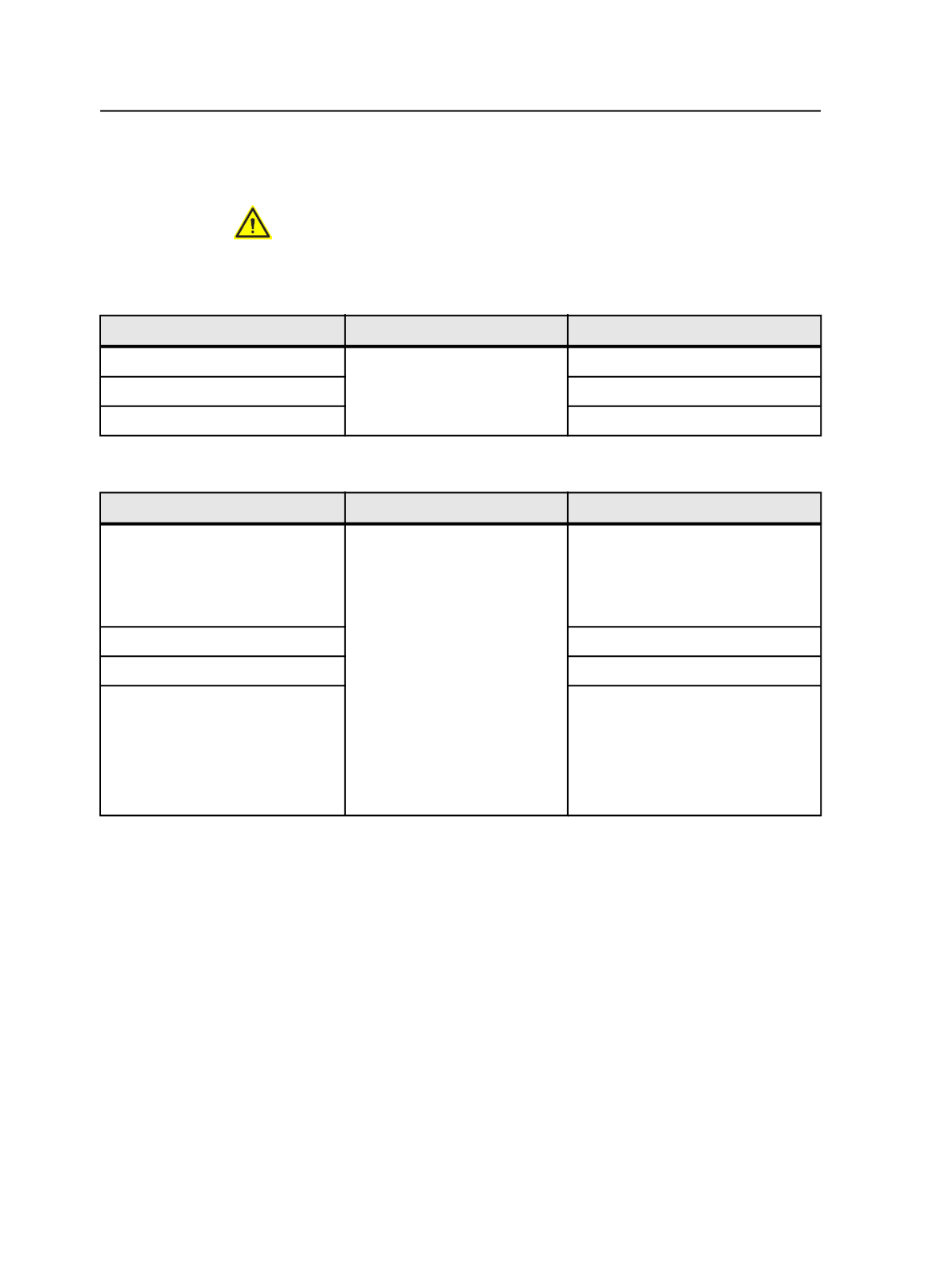
Indicate padded digits with a colon and a number after the # sign, such
as
[#:3]
.
CAUTION: Refined page names with fewer digits than specified are not matched.
Refined page names with more digits than specified are read, but only the number
of digits as specified is read. See example 2 below.
Padded digits Example 1: Correct
Refined page names
Use page name pattern
Linked to version page
MyFile_0001.p1.pdf
MyFile_[#:4].p1.pdf
VP_0001.pdf
MyFile_0002.p1.pdf
VP_0002.pdf
MyFile_0003.p1.pdf
VP_0003.pdf
Padded digits Example 2: Incorrect
Refined page names
Use page name pattern
Linked to version page
MyFile_01.p1.pdf
MyFile_[#:4].p1.pdf
This refined page is not matched to
the pattern because it does not have
four folio digits in the name. A
versioned page is not created at this
time.
MyFile_0002.p1.pdf
VP_0002.pdf
MyFile_0003.p1.pdf
VP_0003.pdf
MyFile_00011.p1.pdf
VP_0001.pdf
Important: This refined page is linked
to the VP_0001.pdf versioned page,
and not VP_00011.pdf because the
pattern reads only the first four digits
in the folio number.
Using back references
Back references are optional elements in a page name pattern. Back
references help you with linking and naming versioned pages. There
are two types of back references:
●
Page name back reference
—This affects the versioned page prefix.
This back reference allows you to set the versioned page name
prefix to reflect part of the page name.
●
Page number back reference
—This affects the versioned page
number. This back reference allows you to use two or more wild
cards for numbers ([#]) in a page name pattern. This back
reference also allows you to add to or subtract from numbers in
your contributing page names that are used to define the versioned
page number.
1010
Chapter 19—Versions


